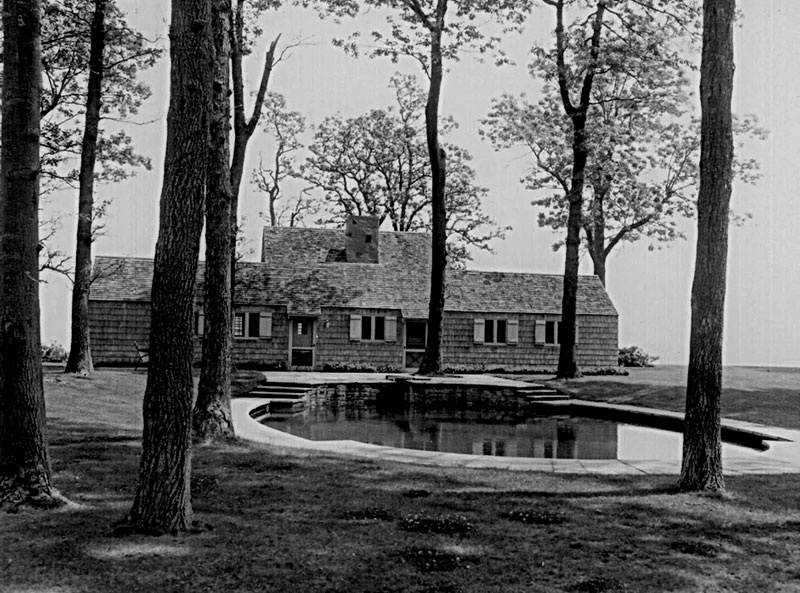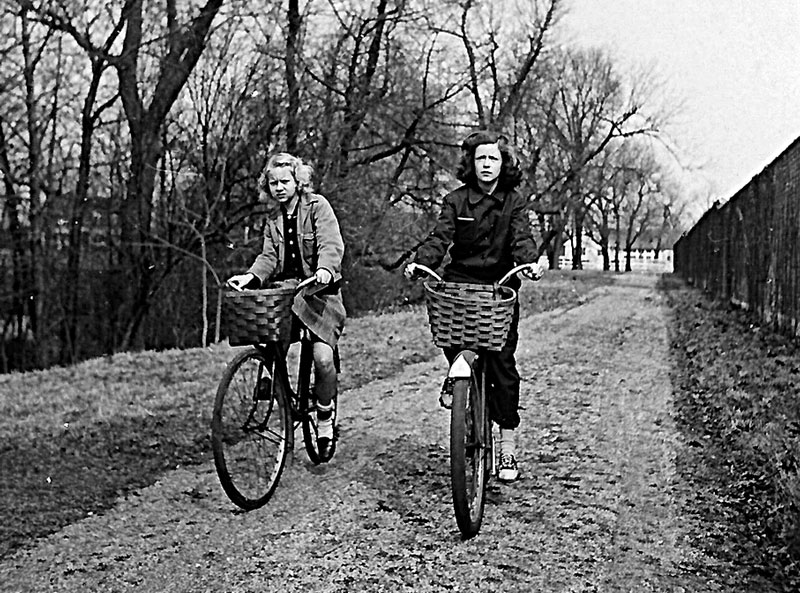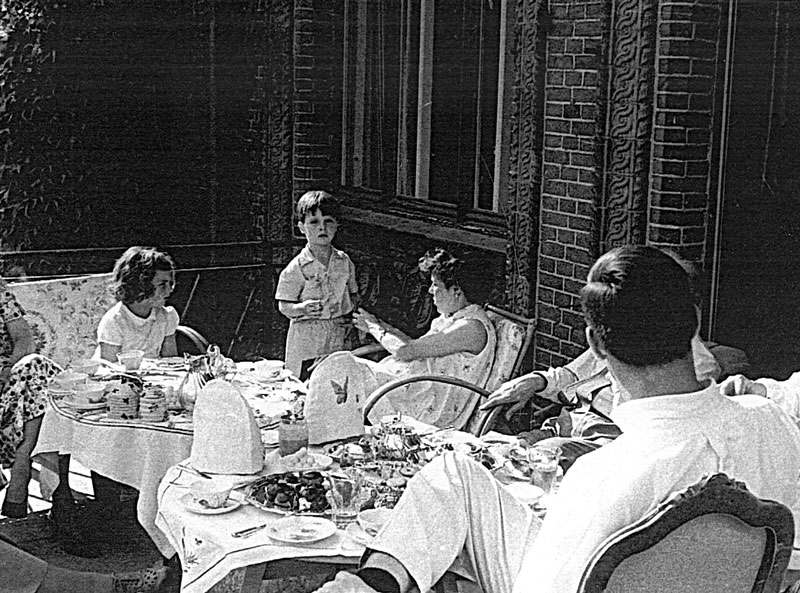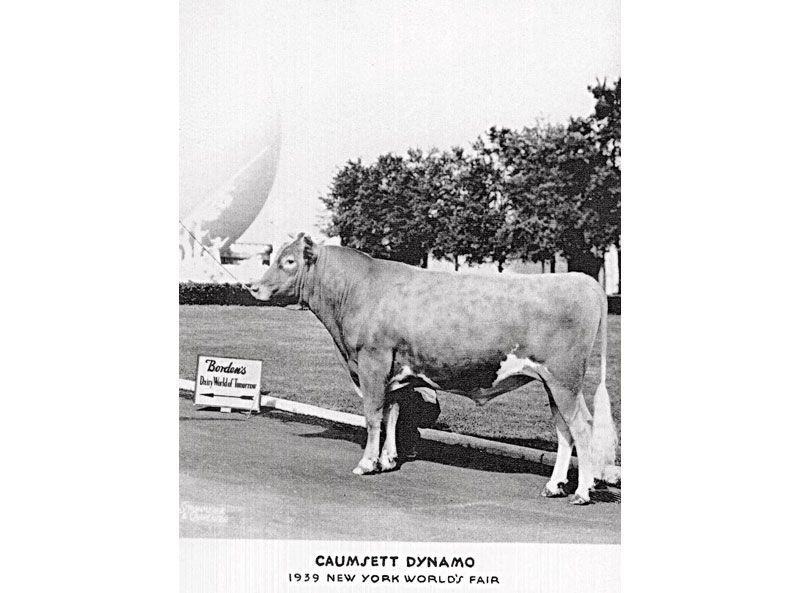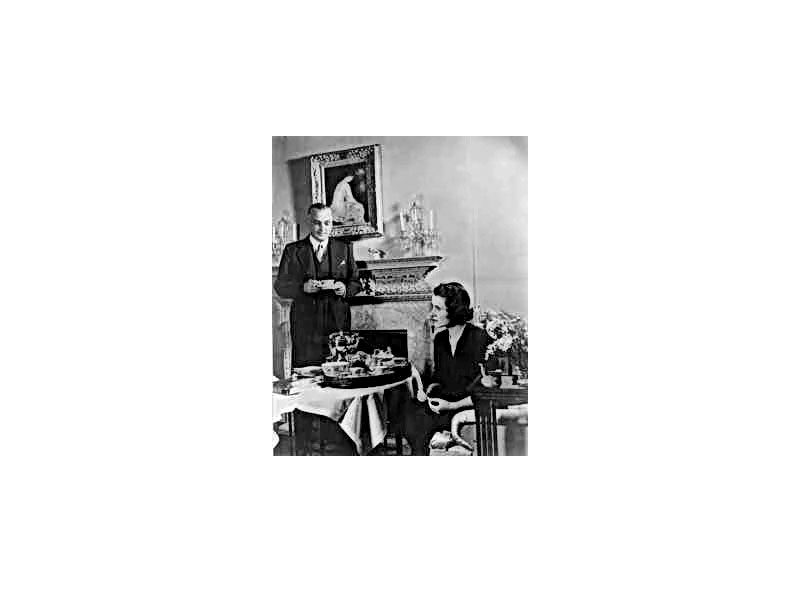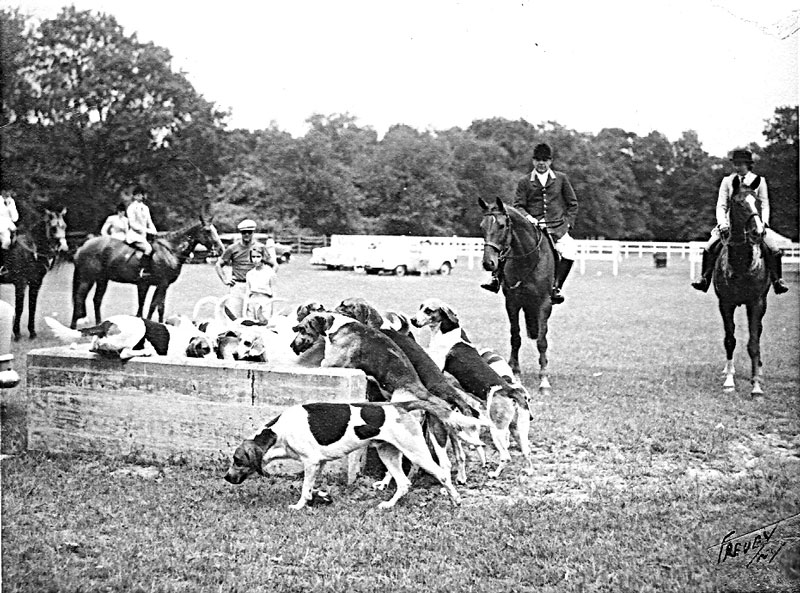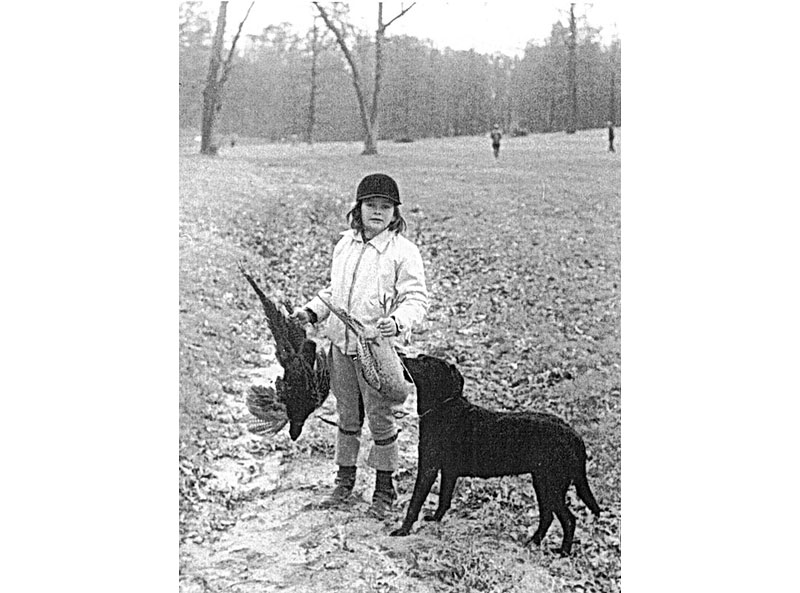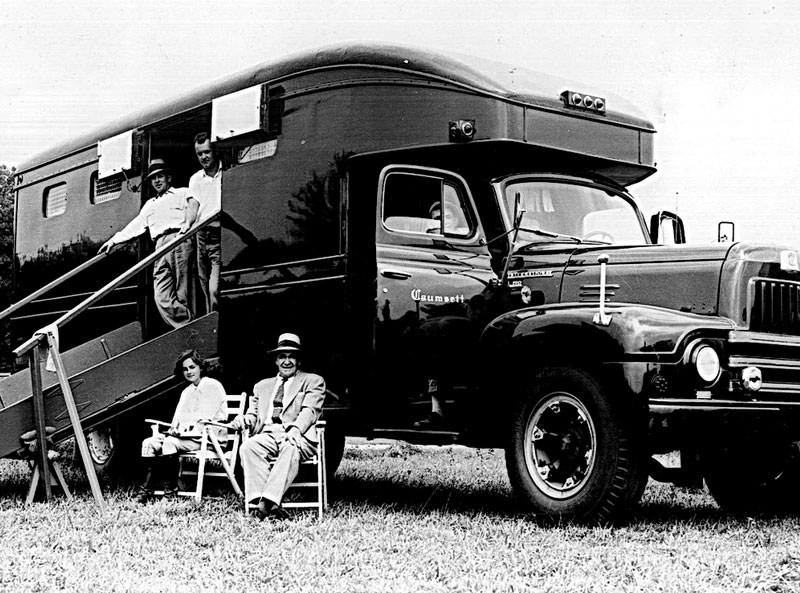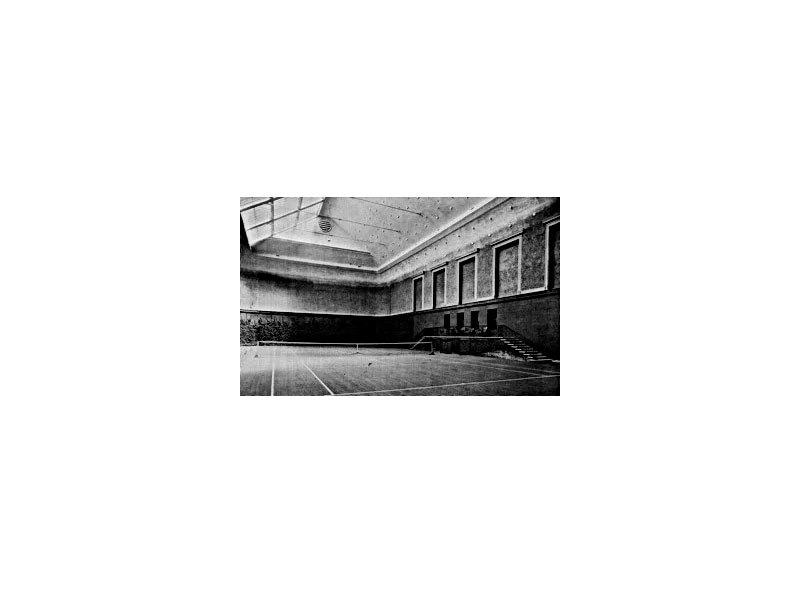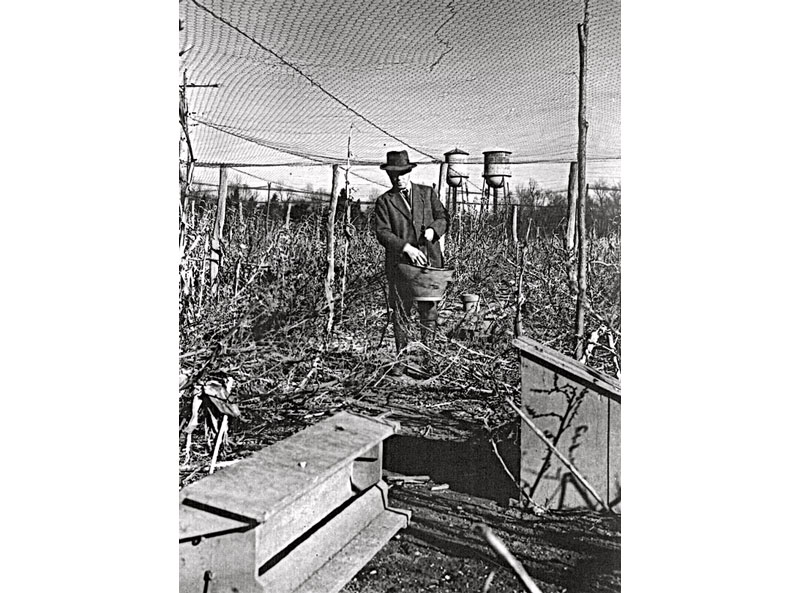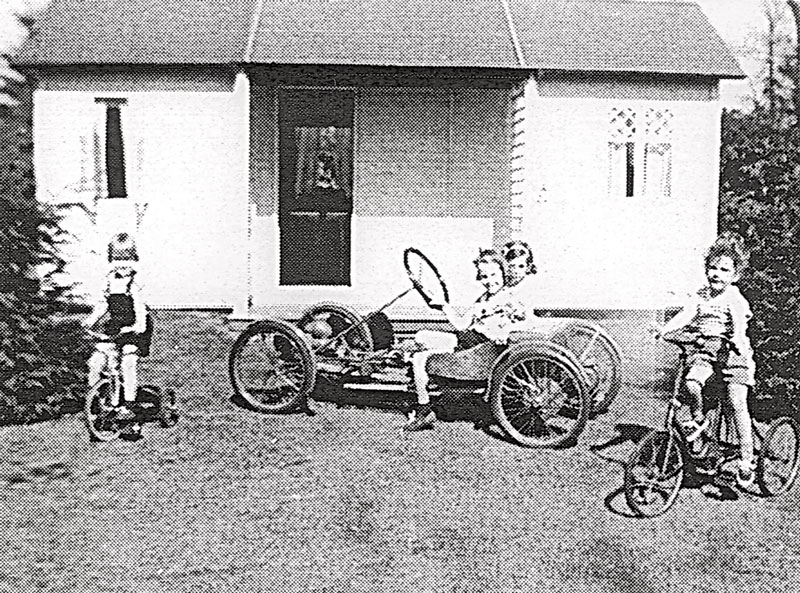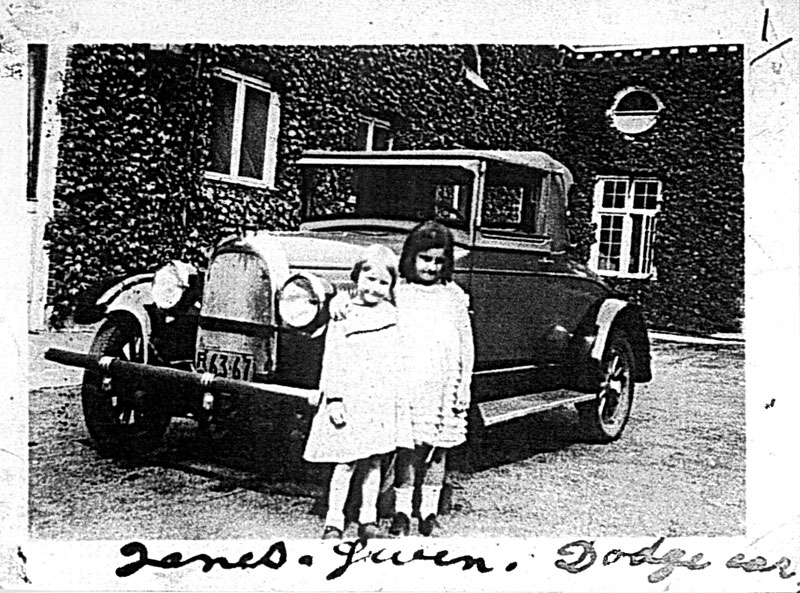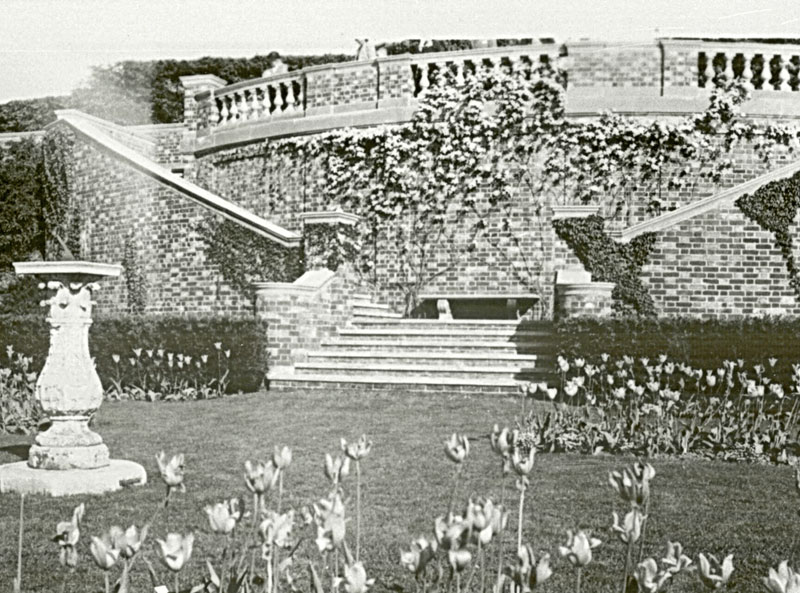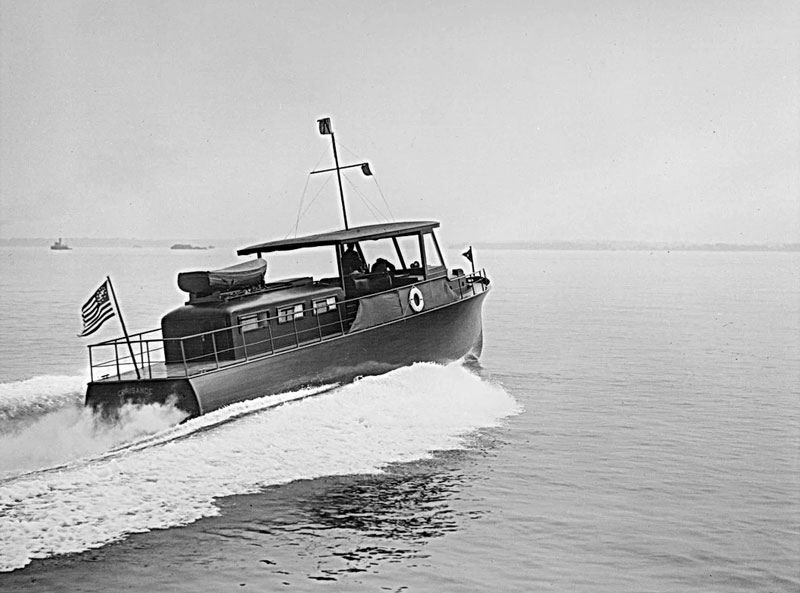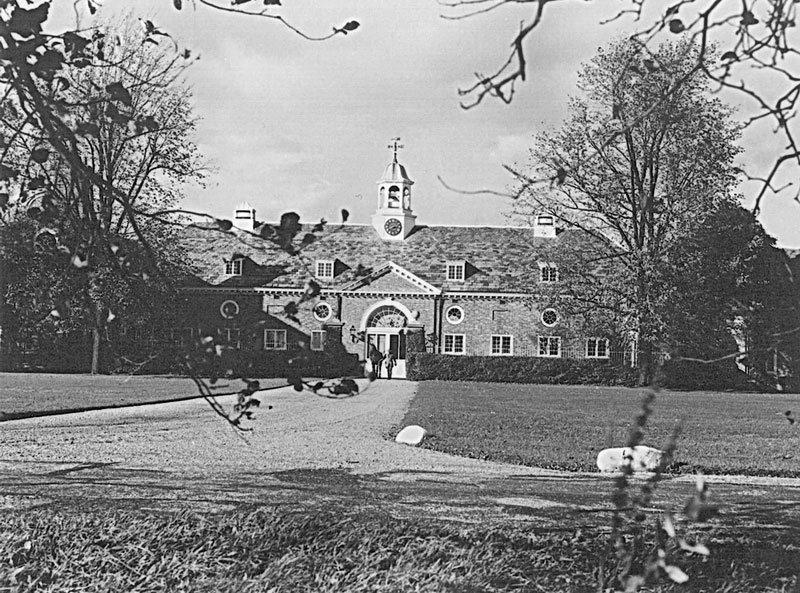Park History
Caumsett, a Gold Coast Jewel
Caumsett, one of the grandest estates in America, was really a newcomer in the grand estate era. Newport and the Hudson Valley were established much earlier, and were far more “gilded.” By the time Marshall Field came to create his manor, most of the prime real estate had been taken. Great Neck, Sands Point, Old Westbury were established, However, he did find a prime piece of land, protected and close to New York, and very much in the center of the Gold Coast.
The making of Caumsett was a phenomenal operation, especially for the early 20th century. When Marshall Field purchased the 2,000 acres on Lloyd Neck it was a track of overgrown woodlands and meadows and derelict and abandoned farms. With the landscape genius of the Olmstead Brothers, and architectural talent of John Russell Pope, this rural backwash would be transformed into a residential showplace.
Woods were cleared, roads were built and a central water system with fire hydrants installed. Electrical and telephone lines were placed underground. Starting in 1922, an ambitious building program commenced-the main house, polo stable, the Summer and Winter cottages, the farm group, were constructed at breakneck speed-all constructed with the highest quality materials. The greenhouses, indoor tennis courts, not to mention a myriad of smaller houses and dormitories for caretakers and resident employees completed the buildings on the estate. Many of these structures succumbed to the wrecker’s ball in the 1970s.
The landscaping was done with equal speed, as full sized trees were barged in and planted. The technique was developed by Hicks Nursery. Mature shrubs were planted, and hillsides of mountain laurel were transplanted. Photographs from 1927, when the Fields took occupancy, show the place looking firmly established.
Caumsett had no shortage of staff. In the 1930’s it was not difficult to find workers. Household staff, field workers and dairy men manned the estate. It must be remembered that there wasn’t the technology that evolved after the Second World War. Many hands were required to fire the coal furnaces, tend to the coal stoves and make ice and deliver it for the iceboxes.
There were two ice making plants on the estate. In the warm months tending the fridges was a major job. The icebox room in the main house had such a tremendous melt output, that a babbling brook was created and flowed copiously during the warm months. Rotary mowers had not yet been invented, so much of the trimming work had to be done with scythes. A strict European “order” concerning servants was expected. There was a pecking order among the servant classes. There was no social interaction.
Of course sporting activities were one of the main activities. Polo matches and other equestrian activities were central to life at Caumsett. The pheasant shoots were legendary, with hired beaters flushing out the birds into the swale for an easy shoot. Some described it as a slaughter rather than hunt. Fox hunting was also in vogue, as the Fields not only had foxes, but kennels full of hunting dogs. Tennis was also a popular pastime. The grand grand indoor tennis courts just to the south of the main house provided a huge interior space for the game. There were also a viewing gallery, where spectators could sit in comfortable chintz covered chairs listening to the endless plop plop of a tennis game while being served sandwiches, pastries and drink and other services.
The master’s bath house had an outdoor court, paved with red Egyptian clay that had to be tended to on a regular basis. The most amazing part of this facility was the salt water swimming pool, which had beautiful views to the west and east. The bathhouse itself was a cedar shingled Cape Cod style house with a large front porch. Inside there were changing rooms and a lounge. There was also a kitchen where food could be prepared for lunch on the terrace. Beatrice Crush was in charge of the house, providing bathers and tennis players with refreshments.
In the early 30s, Marshall Field’s second wife Audrey put on grand parties. The famous “circus” party given in 1932 was probably the most extravagant. It was a fund raiser for the Long Island Biological Association in Cold Spring Harbor. Apparently the atmosphere was very flamboyant with Marshall Field dressed as a butler for the evening. The best in society and the entertainment world were there- George Gershwin, Fred Astaire, Mrs. Payne Whitney, William K. Vanderbilt, Mrs. William Randolph Hearst and Vincent Astors. There was a china smashing booth and freak show. Some described the party as a mess, and in light of the grim Depression years, an unconscionable display of decadence.
In 1936, Fields hosted a “coming out” party for their daughter Barbara. It was far tamer than the circus event. The affair was very elegant, and held in the boxwood garden to the west of the house. The lawn was covered by a huge crepe canopy, with flood lights shining onto the gardens. Two thousand Japanese lanterns were hung from the trees encircling the freshwater pond.
Bettine Field, on the other hand, had her coming out party down at the master’s bath house. Unlike her sister, she went for the less formal approach and served beer and hot dogs from a Swankie Frankie truck which stayed for the duration. Swankie Frankie was a frankfurter vendor who worked the roadside near C.W. Post on Nortnern Boulevard (25A).
As the 1930s progressed, the social life at Caumsett became less ostentatious. Marshall Field and his third wife Ruth Pruyn Field had become very conscious of these extravagances in a country reeling from an economic disaster. During the depression, Field reduced salaries, but fired no one. Fortunately, for those living on the estate, life was relatively secure. Most had a home on the place, dairy rations and vegetables from the kitchen garden- all this in a time of severe deprivation for many Americans. Oddly, the Fields were not on Lloyd Neck that often. Much time was spent in New York, Chicago, Dark Harbor Maine or at their hunting plantation in South Carolina. Frequent travel also kept them busy.
Caumsett is a precious remnant of that brief time when America had mansions and spacious estates. So much of Long Island’s Gold Coast has been lost, never to return. Caumsett gives us a peek into that brief and magical time.

